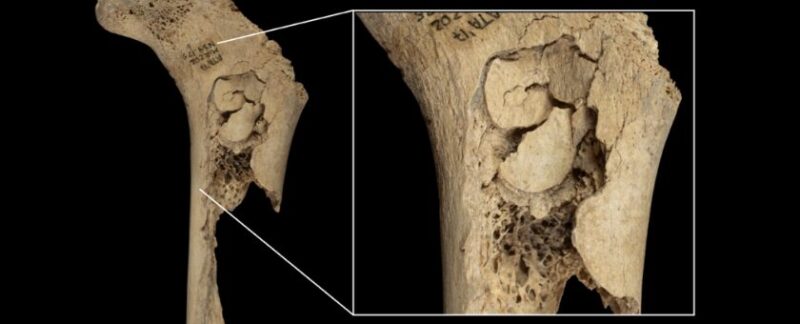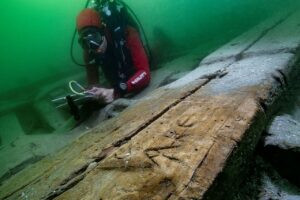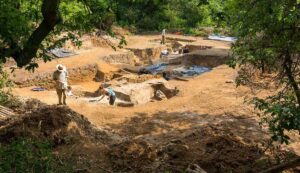Archaeologists have discovered the site of a Neolithic cannibalistic feast in a cave in northern Spain, south of Bilbao. Around 5,700 years ago, when farming communities were spreading across the Iberian Peninsula, at least 11 individuals ended up in the pot, slaughtered, dismembered, cooked, and eaten.
Researchers analyzed over 600 bone fragments from El Mirador cave, and many showed clear signs of “processing after death.” The remains came from children, adolescents and adults, with 132 fragments displaying cut marks that indicate defleshing, skinning, and dismembering.
Other bones show smoothed ends, suggesting an act referred to as “pot-polishing,” which occurs when bones are thrown around in cooking pots. Burning and cremation caused distinctive discoloration on many of the bones. Some fragments were even gnawed by human teeth.
Radiocarbon dating suggests this was not a periodic ritual or desperate attempt at survival. All of the victims died at the same time and were quickly butchered. This was a single event that took no longer than a few days.
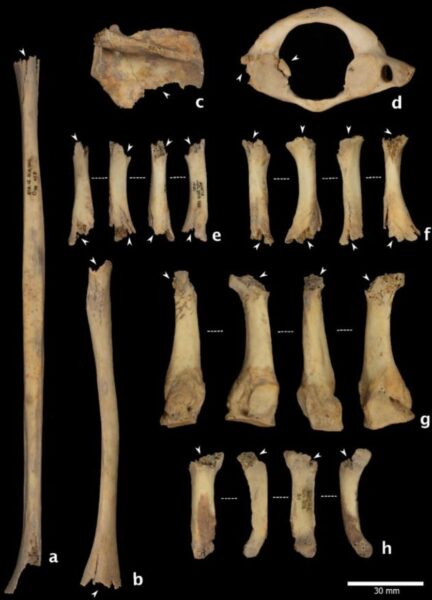
Bones that show signs of cannibalism. Image: Saladié et al., 2025
A single family
The ages of the victims suggest to researchers that they were likely a nuclear or extended family. Strontium isotope analysis shows that the victims were all local to the Iberian Peninsula, ruling out outsiders or migratory groups.
Signs of cannibalism have been seen in this area before, dating back to the Bronze Age.
“The recurrence of these practices at different moments in recent prehistory makes El Mirador a key site for understanding prehistoric human cannibalism,” noted Palmira Saladie, lead author of the study.
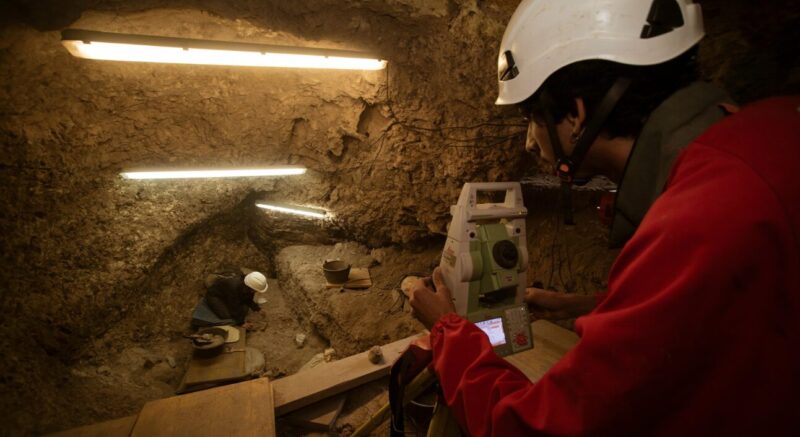
Excavations at the El Mirador cave. Photo: Maria D. Gullen /IPHES-CERCA
But while cannibalism was relatively commonplace in this region at the time, this does not seem to have been part of funeral rites or cannibalistic customs. Researchers have called it an act of “ultimate elimination,” possibly aimed at obliterating an entire household or group.
The horrific event was most likely rooted in conflict within a community rather than famine, ritual, or desperation. There were no signs of environmental stress or resource scarcity that would lead to survival cannibalism. Instead, the systematic destruction of these 11 people points to war cannibalism. Whoever was killing them wanted to erase them from both the physical and spiritual world. Within such communities, it was commonly believed that eating the flesh of another destroyed their soul completely.
Cannibalism was far more prevalent than at this time than we ever assumed, but often it is impossible to decipher the context — starvation, war, or ritual tend to leave similar remains.
“It [cannibalism] is one of the most complex behaviors to interpret,” said Saladie. [But] societal biases tend to interpret it invariably as an act of barbarism.”
